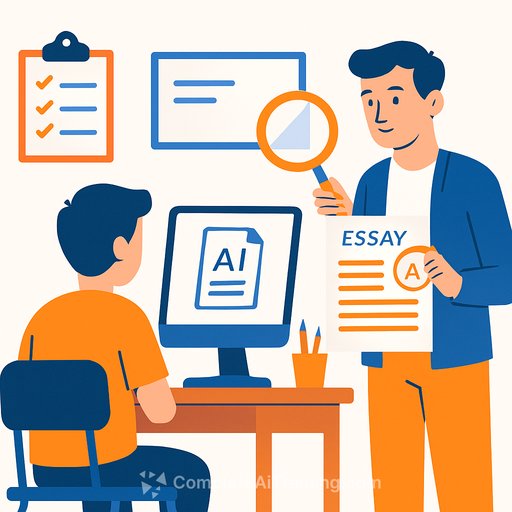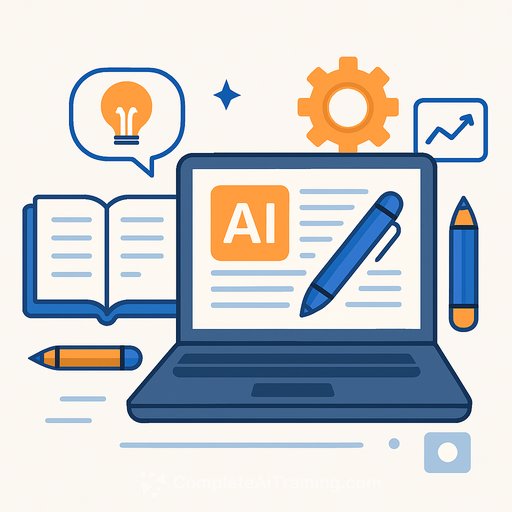How to Tell if Content Was Written by AI
AI writing tools like ChatGPT have become widely accessible, making it easy to produce emails, essays, and other written content quickly. For writers, this means encountering text that may not have the natural flow or genuine insight expected from a human author. Spotting AI-generated writing can help maintain quality and authenticity in your work or projects you review.
There are clear signs that indicate AI involvement in writing:
- Repeated use of key terms from the prompt or assignment — AI often echoes important phrases multiple times, unlike natural human writing.
- Inaccurate or fabricated facts — AI chatbots sometimes "hallucinate," producing false or misleading information.
- Unnatural sentence structures — The writing may feel stiff, robotic, or off in tone.
- Generic and repetitive explanations — Instead of developing ideas, AI may circle around the same points without depth.
- Tone inconsistencies — The style may not match the writer’s usual voice or personality.
For example, a student asked to explain how a brand audit will inform a pitch might submit an essay heavily repeating the assignment prompt’s wording. This approach resembles old SEO-driven content rather than a unique analysis.
How to Spot AI-Created Work
Know the AI Tools
Some AI tools can generate complete essays based on assignment prompts and grading criteria almost instantly. Examples include GPTZero and Smodin. Familiarity with these tools helps in identifying AI-generated submissions.
Test the Tools Yourself
Before reviewing student work, try running your assignments through AI writing tools. This gives you a benchmark for the type of responses these tools produce, making it easier to spot AI writing later.
Collect Genuine Writing Samples
Ask writers or students to submit a short, personal piece early on—something simple and natural like “Describe your favorite childhood toy.” Having authentic samples makes it easier to compare and detect inconsistencies in tone or style.
Request Rewrites
If you suspect a piece was AI-generated, ask for a rewrite or have an AI rewrite the suspected work. AI often substitutes synonyms without improving or changing the core content, which can reveal its involvement.
Can You Always Tell When AI Was Used?
Detecting AI writing isn’t foolproof, but gathering multiple clues strengthens your case. Keep a skeptical mindset when evaluating work and document your findings thoroughly. This approach is essential if you need to present evidence to others.
In the end, encouraging genuine creativity and critical thinking should be the goal. AI tools can assist, but they shouldn’t replace authentic effort or personal voice.
Your membership also unlocks:






